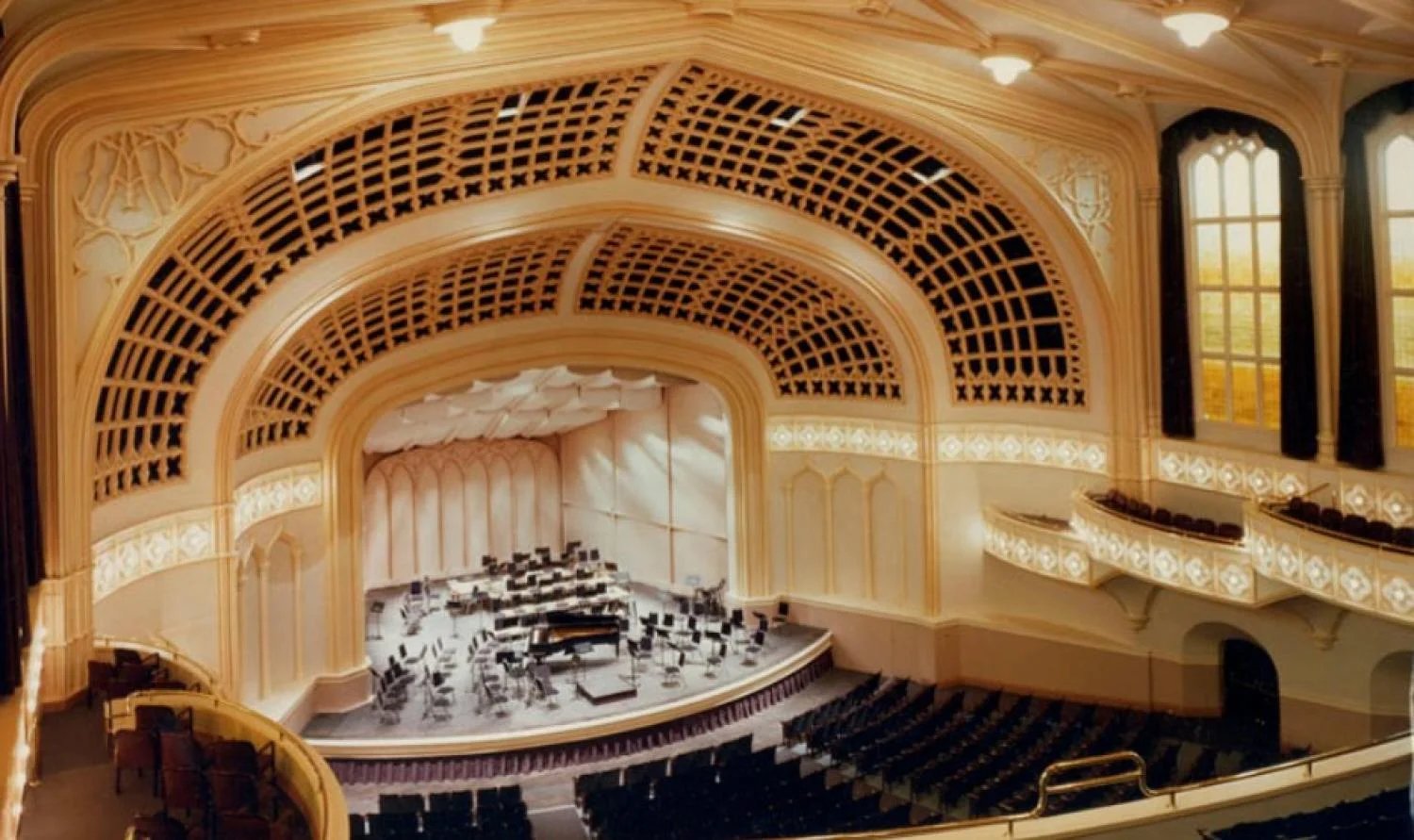
Grand Finale
at Macky Auditorium
When
Saturday May 24, 2025
7:30 – 9:30 PM
Where
Macky Auditorium Concert Hall
1595 Pleasant St
Boulder, CO 80309
Get Directions →
Program
Dudley Buck (1839–1909)
Festival Overture on “Star-Spangled Banner” (1879)
Sergei Rachmaninoff (1879–1941)
Rhapsody on a Theme of Paganini, Op. 43 (1934)
Adam Zukiewicz - Piano
Johann Strauss II (1825–1899)
Overture to Die Fledermaus (1874)
Aram Khachaturian (1903–1978)
Waltz from Masquerade (1941)
Johann Strauss II (1825–1899)
Emperor Waltz, Op. 437 (1889)
Dmitri Shostakovich (1906–1975)
Waltz No. 2 from the Suite for Jazz Orchestra No. 1 (1938)
Johann Strauss II (1825–1899)
Frühlingsstimmen, Op. 410 (1882)
Szilvia Schranz - Soprano
Antonin Dvorak (1841–1904)
Slavonic Dances Op. 72, No. 10 and Op. 46, No. 8
